Scandinavia sets the standard for urban design
Scandinavia sets the standard for urban design
Commentary: I traveled to Scandinavia over spring break. This is what I learned about pedestrian-friendly urban landscape.
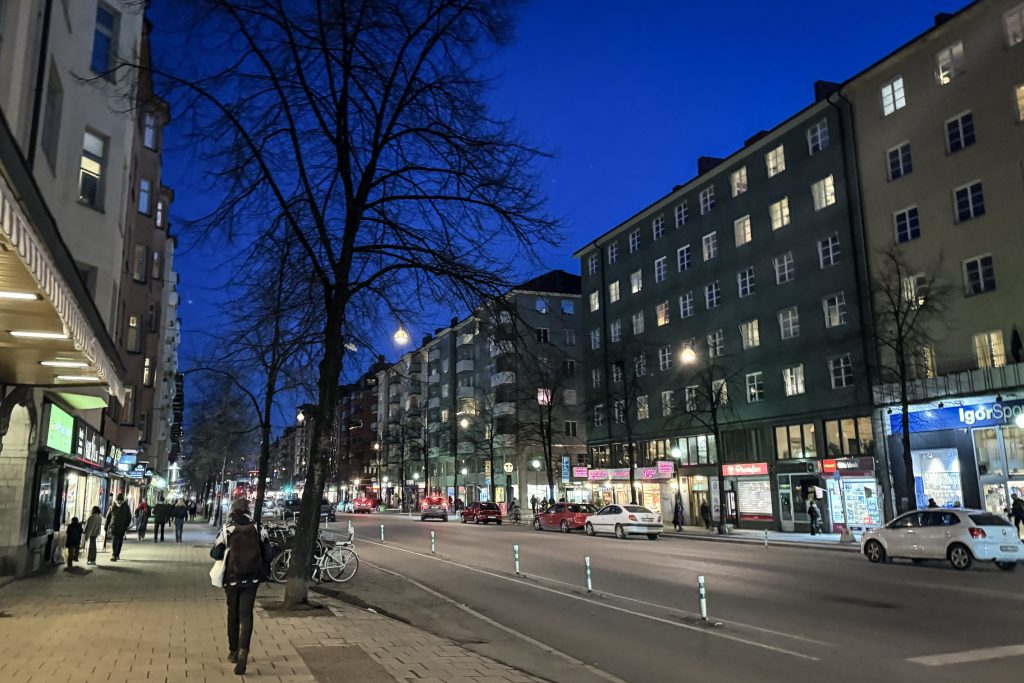
The U.S. has historically been and remains to be, one of the most car-centric countries in the world. Movement is reliant on the accessibility of vehicles, creating traffic and eliminating alternative options of transportation.
According to a study by the Texas A&M Transportation Institute, the U.S. loses $179 billion in revenue annually due to the average American spending 54 hours a year in traffic.
Traffic crashes, which are often purposefully romanticized in news coverage as “accidents,” remain high in the U.S. as a result of car-dependent infrastructure. The National Safety Council (NSC) estimates that for more than two decades, more than 35,000 people have lost their lives per year and 5 million people have been injured as a result of the car crashes.
This national symptom is emphasized in Syracuse. At the collegiate level, many Syracuse University students lack access to sufficient public transit. The city’s lack of infrastructure for alternative modes of transportation makes access to resources and the living experience unnecessarily difficult for some students.
Sociology senior Ellen Wu believes car traffic makes her life problematic, especially when crossing the street.
“Sometimes I need to keep my fingers crossed and hope the vehicles will respect traffic laws,” she said. “There are numerous driveways scattered across the campus so it’s unavoidable.”
As Wu contends, Syracuse and cities must do better to incorporate transportation that demonstrates care for those who don’t drive or use automobiles.
“The bus system is pretty limited, so I live with the delivery apps and Uber,” she said. “It’s not the best way to get daily necessities and groceries.”
My journey into Scandinavian city design
In search of an alternative mode of city design, I embarked on a journey to Scandinavia, specifically Sweden and Denmark. What I discovered has fascinated me since.
The first thing that surprised me after I left the Stockholm Arlanda Airport was the subway transporting passengers directly from the airport to different areas of the city. In Syracuse, the Hancock Airport doesn’t have buses that connect to downtown or Syracuse University’s campus. Personal cars and taxis are the only options.
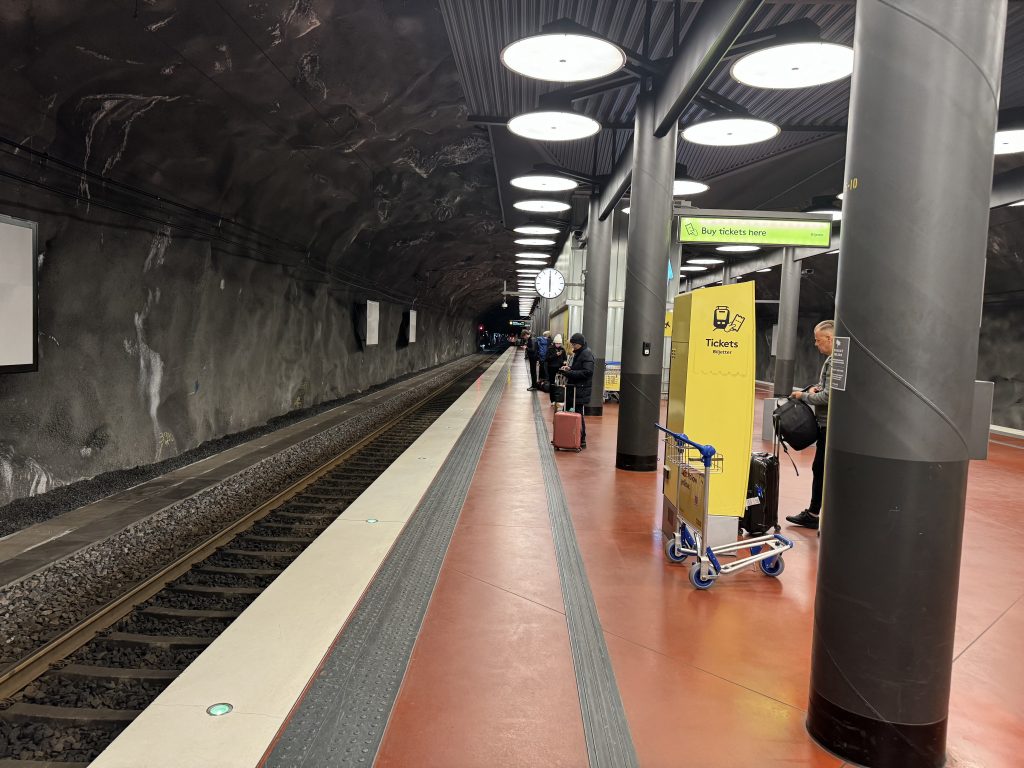
As I walked the streets of Stockholm – which I discovered to be the case for other Scandinavian cities such as Gothenburg, Malmö and Copenhagen – it was clear the city understood the necessity of robust public transportation with separate zones for automobiles, pedestrians and bicycles.
The design philosophy in Sweden integrates several key elements that prioritize pedestrian well-being over vehicular traffic. Streets typically feature wide, well-maintained sidewalks that provide ample space for pedestrians. Crosswalks are clearly marked, often raised, and equipped with adequate lighting to ensure visibility at all times.
Traffic calming measures like narrowed roads, stricter speed limits, traffic cameras and speed bumps are implemented to slow down vehicle traffic, enhancing pedestrian safety.
Many spaces in Scandinavia, such as the shopping district of Strøget in central Copenhagen and the Västerlånggatan street in Stockholm’s old town, are completely car-free. Incorporating green spaces and pedestrian zones have created peaceful, pollution and noise-free areas for people to walk, socialize and engage in commercial activities.
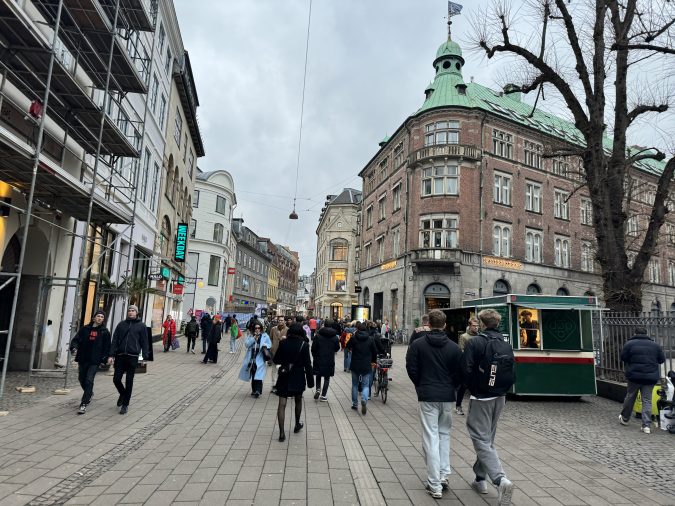
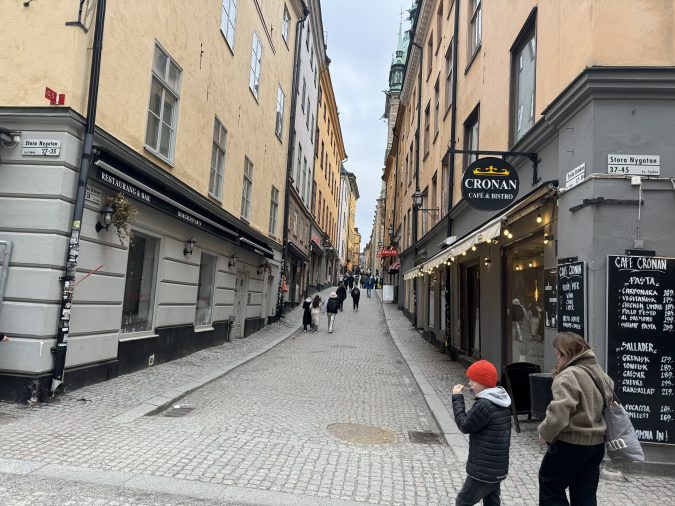
In the United States, many public spaces are designed to be car-centric. Take the Destiny USA mall in Syracuse, for example. There is only one bus route that takes students to the shopping center that runs less than twice an hour, while the mall has more than 9,500 parking spaces.
Is there a true, fundamental difference between American and European city designs?
Niko Letunic, a Croatian-American city planner who spent decades living on both sides of the Atlantic, believes the difference is not entirely design philosophy.
“Nowadays there’s a very easy exchange of concepts and ideas between professionals on either side of the Atlantic so I don’t think the real difference has to do with specific planning treatments and measures,” Letunic said.
The difference, in his opinion, lies on the government officials and transportation agencies that make decisions based on people’s existent tendencies.
“In the U.S., cars’ mode incumbency is stronger, urban densities are lower, distances are longer, there is more developed land, population and economic growth are faster, gasoline is cheaper, people are more mobile,” Letunic said.
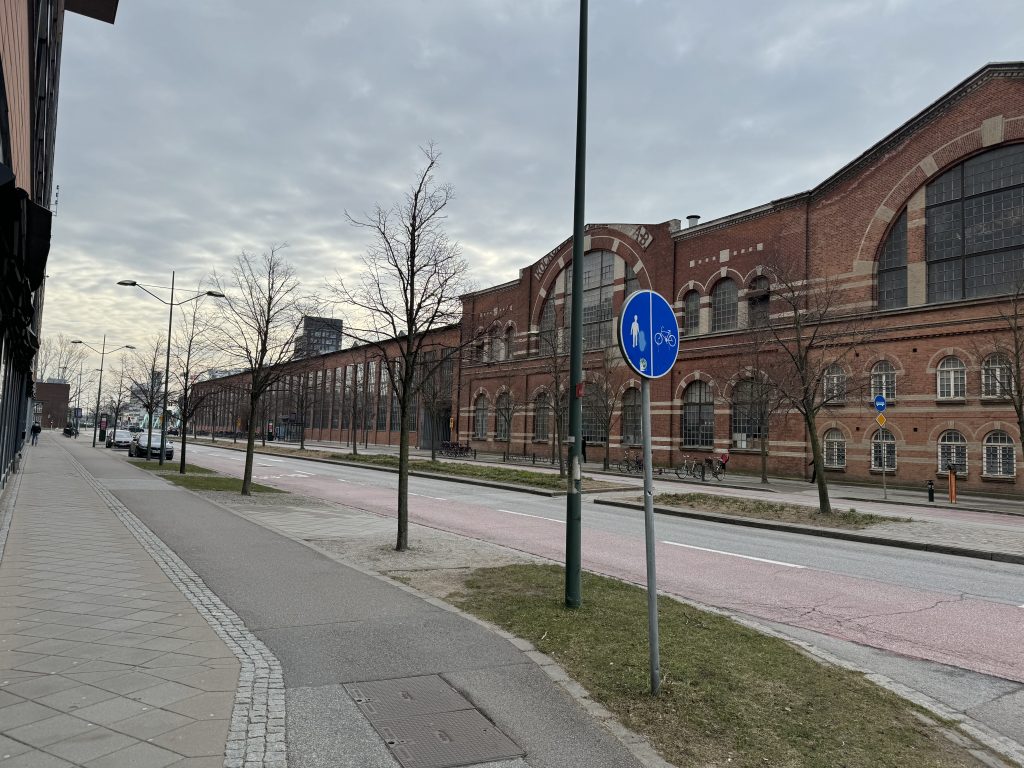
In Letunic’s view, changing the mode of transportation isn’t going to be simple, but that doesn’t mean it’s unattainable. But he cautioned the need to make the changes thoughtfully.
“Public outreach is essential,” he said. “Not as a popularity contest over how many people are opposed versus in support, but rather to identify early on people’s real, not imagined, concerns and respond to them proactively.”
The urban design extends to careful planning of public squares and parks, which are strategically placed to serve as hubs of community life. This promotes an environment where walking is not just a mode of transportation but a pleasant and integral part of daily life. Such design exposes the stark juxtaposition of Scandinavian and American transportation.
“Cities lacking advanced traffic systems look wild and chaotic, which discourages people to navigate and explore,” Wu said. “Many cities in this country seem to assume that everybody drives and everyone has the access to drive.”
The difference in urban design between American and Scandinavian city spaces creates tangible consequences to the livelihood and experience of people living in the two places.
By embracing alternative modes of transportation, such as efficient public transit, well-maintained sidewalks and dedicated bike lanes, American cities like Syracuse can create a more accessible and sustainable environment for residents.
Ultimately, the path to a more walkable, bikeable and transit-oriented future here will not be an easy one, but it can happen if we are to create connected communities for generations to come.
